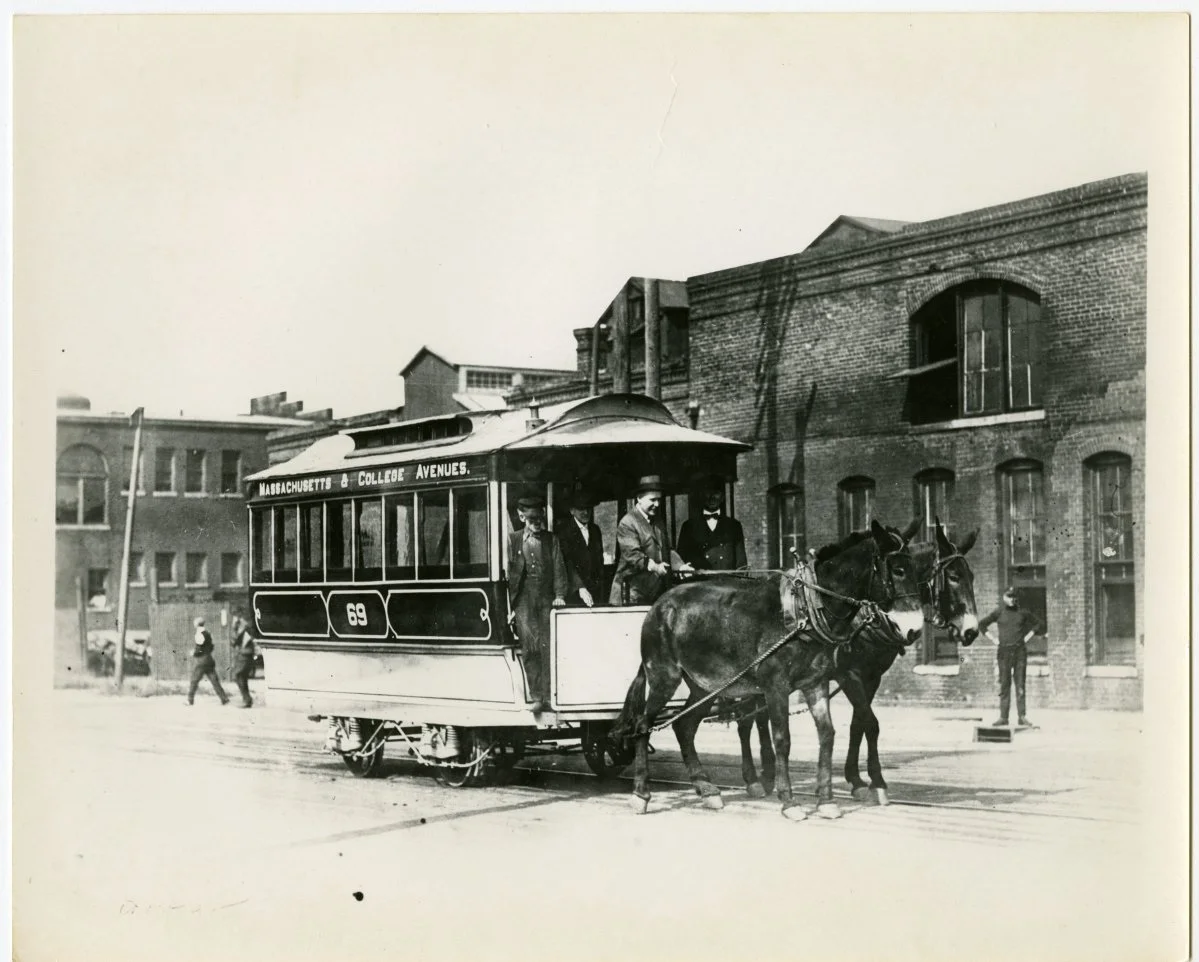Hoosier Heartland Trolley Company and Headwaters Junction, Inc. announced today their intent to operate one of the Company’s historic interurbans, No. 429, as a part of Headwaters Junction’s growing fleet of attractions. The 429 once frequented Fort Wayne in the 1920s and 30s, shuttling passengers throughout the state in the era before the highway system.
Carrying the Torch Forward – Preserving Our Electric Railway Heritage
With the interurban system dissolving in 1941 and streetcar systems converting to buses in the 1950s, many alive today do not remember nor even know the state had one of the world’s greatest transportation networks. In the 1920s, the electric railway system peaked with more than 15,000 operating trolleys and more than 2 million passengers in a year. Cars would depart the traction terminal in Indianapolis (trolley station) nearly every minute for destinations across the state, once passing the steps of the Indiana Statehouse. With the conclusion of the Golden Age of railroading in America, began the railway preservation movement.
Electrifying Indianapolis’ Streetcar System for the 20th Century
Electricity – the invention that defined the beginning of the 20th century. Indianapolis’ streetcar system adopted the technology in the 1890s – ushering in the new century with it. Beginning in 1864, transportation in Indianapolis was provided by horse or mule-drawn carriages on rails through the street. By 1890, Citizens Street Railroad Company, the dominant streetcar company in the city, was operating 260 cars with some 1100 horses and mules. The inefficiency ultimately proved to be problematic for the City of Indianapolis.
Desiring a Better Life - Sparking Opportunity
The level of service delivered by the interurban companies opened up business and educational opportunities to Indiana’s rural citizens during the early 1900s. Rufus Thomas was one of those Hoosiers - sparking a future of opportunity through the interurban system that had never been an option for him.




